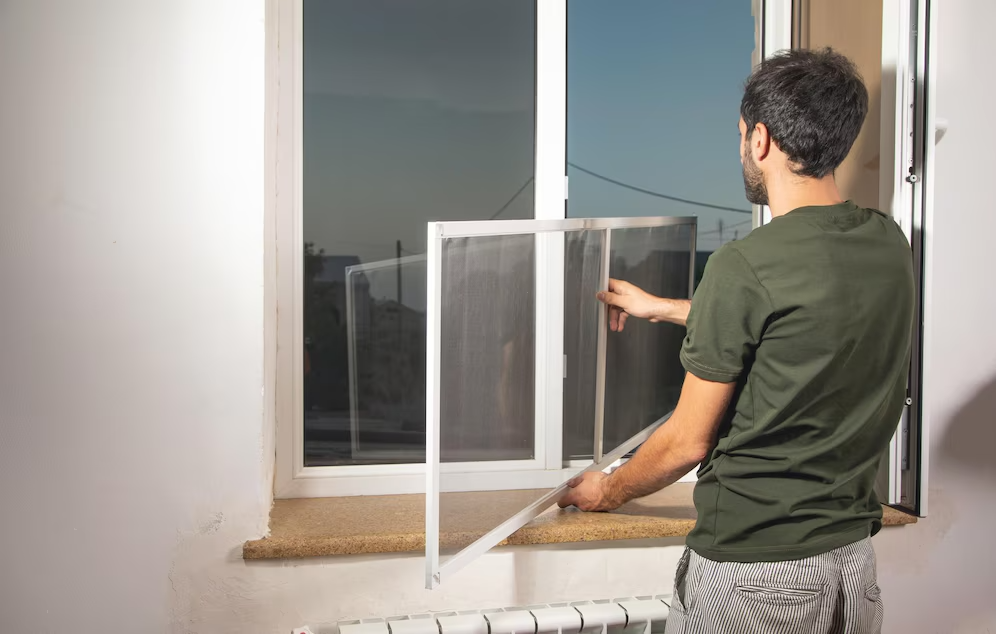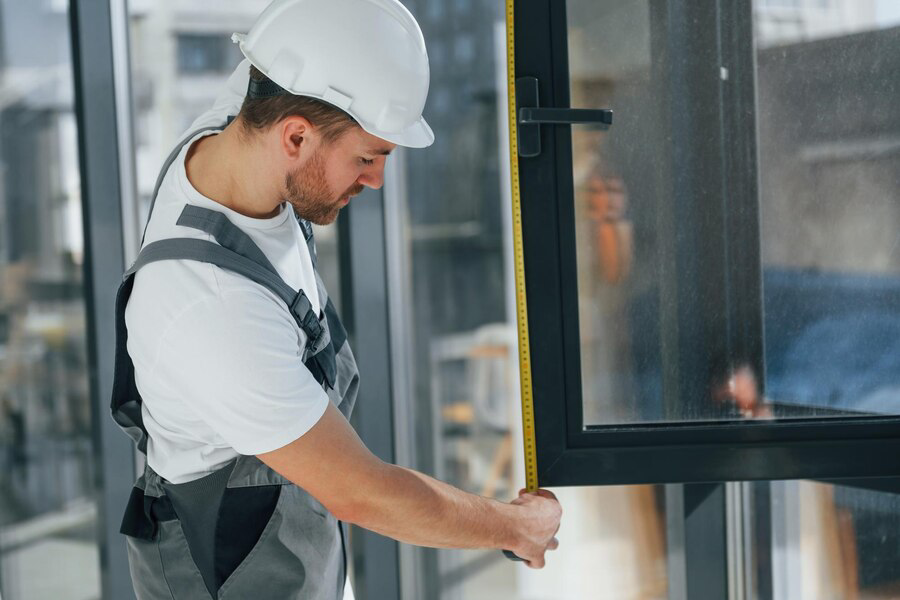
How to Prepare for Window Replacement
Are your windows showing signs of wear and tear, or are you looking to enhance your home’s energy efficiency and curb appeal? If so, preparing for a window replacement project is essential to ensure a smooth and successful outcome. Whether you’re tackling this task on your own or hiring professionals, proper preparation can make all the difference in achieving the desired results. Firstly, assess your current windows and determine the reasons for replacement. Are they drafty, difficult to open, or simply outdated? Understanding your needs will guide your choices when selecting new windows. Next, measure accurately to ensure the new windows fit perfectly into the existing openings. This step is crucial for ordering the correct sizes and avoiding delays or additional expenses. Additionally, consider any architectural or aesthetic changes you wish to make, such as different styles or materials. By planning these aspects ahead of time, you’ll streamline the installation process and minimize disruptions to your daily routine. Stay tuned as we delve deeper into the essential steps and considerations for preparing for a successful window replacement project
Preparing Your Home: Getting Ready for Window Replacement
Embarking on a window replacement project is an exciting opportunity to enhance your home’s comfort, energy efficiency, and aesthetic appeal. However, proper preparation is essential to ensure a smooth and successful installation process. By taking the time to get your home ready, you can help minimize disruptions and ensure that everything goes according to plan. In this guide, we’ll walk you through eight essential steps to prepare your home for window replacement.

Evaluate Your Windows and Needs
Before the replacement begins, assess the current condition of your windows. Identify any issues like drafts, leaks, or damaged frames that need immediate attention. Consider your specific needs such as improved insulation, noise reduction, or enhanced security, as these factors will influence your choice of replacement windows.
Clear the Area Around Windows
On the day of installation, ensure that the area around each window is clear of obstacles. Remove curtains, blinds, or any window treatments. Clearing furniture and decor items near the windows will provide ample space for the installers to work efficiently and safely.
Protect Furniture and Flooring
Window replacement involves some degree of dust, debris, and potential for accidental damage. Protect your furniture and flooring by covering them with drop cloths or plastic sheets. This precautionary step will safeguard your belongings from construction-related mess and ensure they remain in pristine condition.
Communicate Access Points with Installers
Coordinate with the window replacement team regarding access points to your home. Ensure pathways are clear and accessible for them to transport materials and tools. Clear instructions on entry points and parking arrangements can help streamline the installation process.
Secure Pets and Children
For the safety of both your family and the installers, it’s advisable to keep pets and young children away from the work area during window replacement. Consider confining pets to a designated area or arranging for them to stay with a friend or neighbor temporarily.
Maintaining Your New Windows: Tips for Long-Term Performance
Congratulations on your new windows! Investing in quality windows not only enhances your home’s aesthetic appeal but also improves energy efficiency and comfort. To ensure your windows continue to perform optimally for years to come, regular maintenance is key. In this guide, we’ll share eight essential tips for maintaining your new windows and preserving their long-term performance.
Regular Cleaning
Regular cleaning is essential to keep your windows looking their best and functioning smoothly. Clean both the interior and exterior of the windows using a mild detergent or specialized window cleaner and a soft cloth or sponge. Avoid abrasive materials that could scratch the glass or frame. Pay attention to window tracks, sills, and hardware, ensuring they are free of dirt and debris.
Inspect for Damage or Wear
Periodically inspect your windows for any signs of damage, wear, or deterioration. Check for cracks in the glass, gaps in the weatherstripping, or issues with the hardware such as loose screws or hinges. Early detection of problems allows for timely repairs, preventing further damage and ensuring continued efficiency.
Lubricate Moving Parts
To maintain smooth operation, lubricate the moving parts of your windows annually or as needed. Apply a silicone-based lubricant to hinges, locks, and rollers to prevent friction and corrosion. This simple maintenance task helps extend the lifespan of your window hardware and ensures ease of use.
Check and Replace Weatherstripping
Weatherstripping plays a crucial role in sealing gaps and preventing drafts around your windows. Inspect the condition of weatherstripping regularly and replace it if it shows signs of wear or damage. Properly sealed windows enhance energy efficiency by reducing heat loss in winter and keeping cool air indoors during summer.
Trim Vegetation and Clean Gutters
Maintain a clear area around your windows by trimming nearby vegetation, such as bushes or tree branches. Overgrown foliage can scratch windows or obstruct proper ventilation. Additionally, clean your gutters regularly to prevent water from overflowing onto windows, which can lead to water damage and deterioration.
Budgeting for Window Replacement: Tips and Considerations
Budgeting for window replacement involves careful planning to ensure you get the best value for your investment. Whether you’re replacing a few windows or upgrading your entire home, understanding the costs and considerations is crucial. In this guide, we’ll explore essential tips and considerations to help you budget effectively for your window replacement project.
- Evaluate Your Needs: Determine the number of windows to be replaced and the type of windows that best suit your home’s style and energy efficiency goals.
- Research Costs: Research the average cost of window replacement in your area. Costs can vary based on window materials, size, and installation complexity.
- Set a Realistic Budget: Establish a budget that accounts for all aspects of the project, including windows, installation, permits, and potential unforeseen expenses.
- Explore Financing Options: Investigate financing options such as home improvement loans or financing plans offered by window replacement companies to manage upfront costs.
Conclusion
Preparing for a window replacement project is crucial for ensuring a smooth and successful experience. By following the steps outlined in this guide, you can minimize stress and maximize the outcome of your home improvement endeavor. Start by assessing your needs and goals, whether it’s improving energy efficiency, enhancing aesthetics, or increasing security. Next, carefully measure your windows and research different types of windows and materials that best suit your requirements and budget.
Once you’ve made these decisions, reach out to professionals like EZ Window Solutions of Strongsville to discuss your project further. With their expertise and dedication to quality service, they can guide you through the entire process, from initial consultation to installation. Remember, communication is key—clearly communicate your expectations and ask any questions you may have to ensure everything goes smoothly. With proper preparation and the right team by your side, you’ll soon be enjoying the benefits of beautiful, functional new windows in your home.
For more information or to schedule a consultation, contact EZ Window Solutions of Strongsville at +1 440-230-3838. Their friendly staff is ready to assist you with all your window replacement needs.


Write a Comment